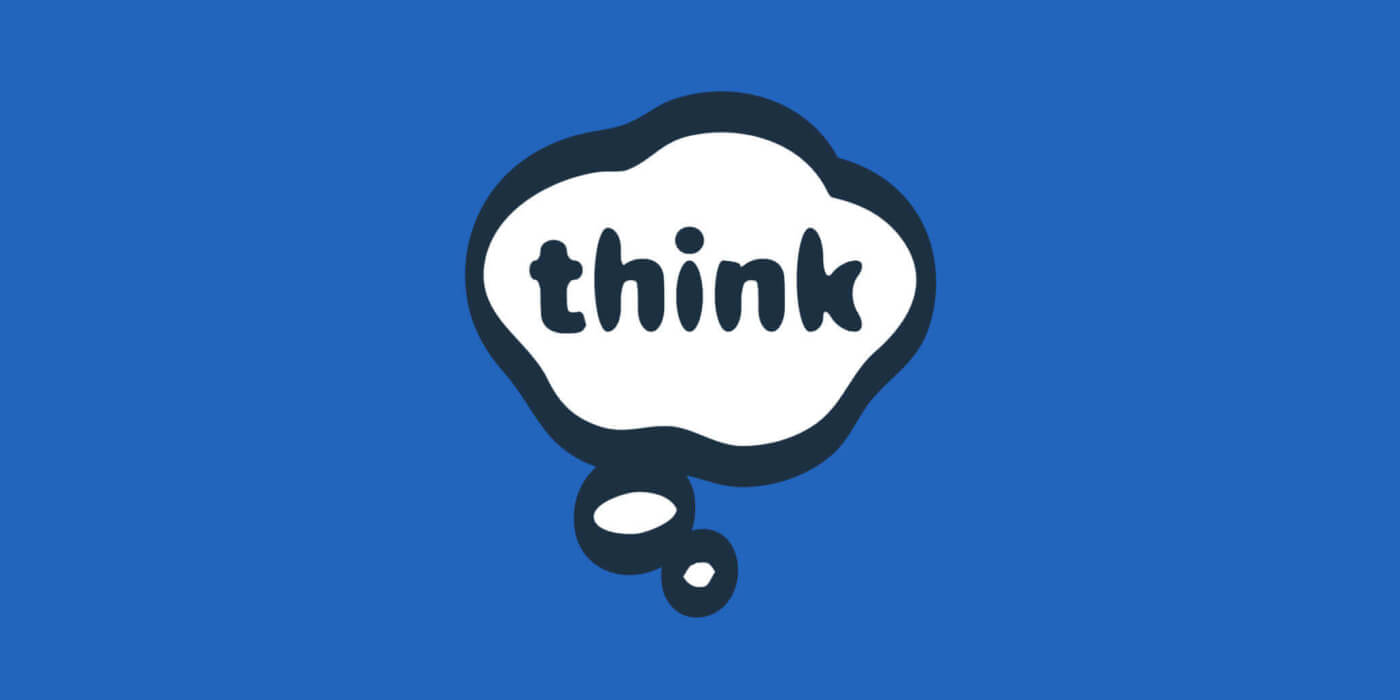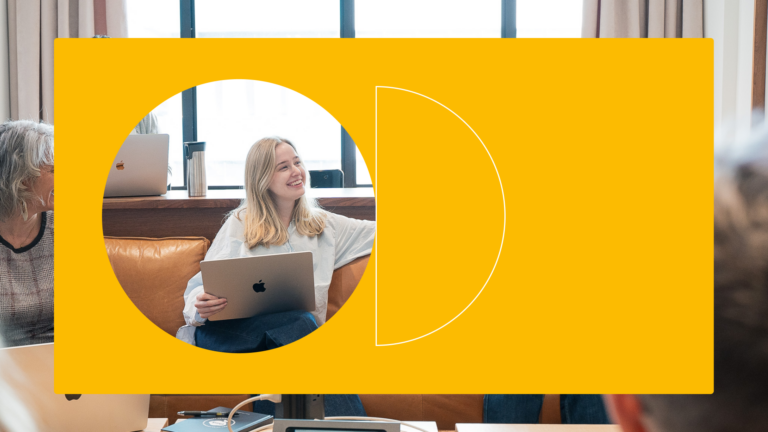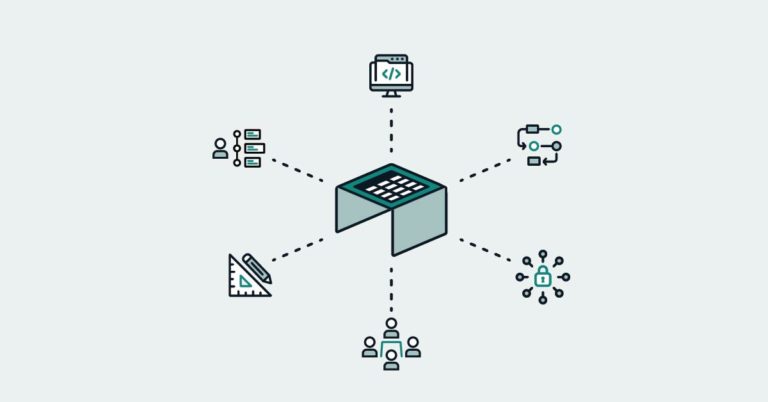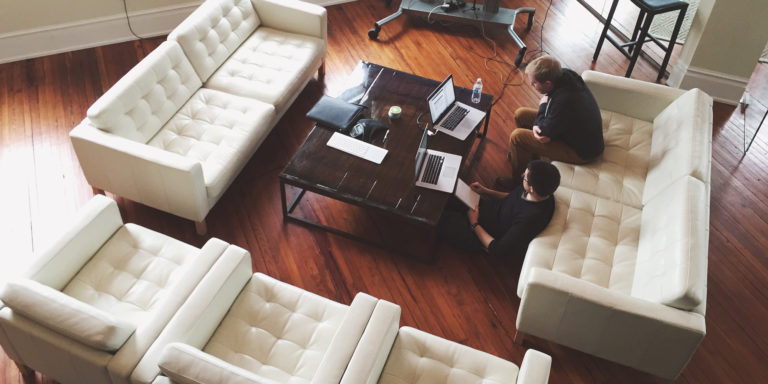Take The Design Conversation Beyond Designers

My dad was a teacher (industrial arts, performing arts, special education), a general contractor, a motorcycle enthusiast, a trumpet player, a furniture maker, a lethal racquetball player, a cigar aficionado, and a whole host of other things.
On paper that seems like the resume of a pretty well rounded individual, and he certainly was. But what is very interesting in retrospect is how he wasn’t any of these things in isolation. His knowledge of all of these little aspects of life informed decisions he made elsewhere, resulting in novel approaches to challenges that often suffered from a tradition of “having always been done (a certain) way.”
This broad and general interest in, well… everything… and his ability to distill concepts and apply them elsewhere, was one of the reasons why he was very often successful when diving deeper for projects within his “professions.” I believe that one of the best things you can be as a designer is open-minded, wide-eyed, and eager to learn how and why people do things they do—whether it’s why carpenters use those seemingly antiquated flat pencils (1), why the sommelier hands you the cork after opening a bottle of wine (2), or why a semicolon, dash, and closed parenthesis has become widely recognized a winking smiley face (3).
 ANSWER KEY!
ANSWER KEY!
- Primarily, because they don’t roll away. They’re also more durable for throwing them in with a bunch of other tools, have better grip, can draw thin or thick lines depending on how they’re rotated, and are tough enough to mark up concrete and stone.
- Because feeling a cork to determine how cool, wet, dry, hard or soft it is can tell you a lot about whether the wine has been properly stored; it’s not to smell it.
- Because of the “Law of Prägnanz” – the tendency of humans to interpret ambiguous images as simple and complete versus complex and incomplete.
Sometimes the various design circles we travel in can feel pretty insular. We tend to see the same folks showing up repeatedly as speakers and attendees at conferences, tend to all react to and discuss the next big idea (or internet meme) as a community, and tend to put our thoughts and ideas out there knowing that the people swimming in the lanes closest to us are those most likely to read and comment on them.
There’s nothing inherently wrong with that, and it’s great to have a community of colleagues to kick things around with… but perhaps obviously, the best designs often come from being inspired by and interacting with folks who don’t populate our beaten paths (like the inspiration sparked by the whole TED phenomenon, for instance).
As designers, it’s a measure of success for us to have our ideas and conversations ripple out beyond our peers. We’re starting to see evidence of that as we’ve recently had comments on the Think Blog from academics, musicians, consumers, and others—as a design community, this kind of interaction will only make us stronger and more creative.
I’ll close with one of those pearls of wisdom from my dad that was delivered in a typically off-handed and matter-of-fact way, but that I’ve never forgotten. One hot summer day when I was a kid, as the garbage truck came lumbering down the street, my dad dropped what he was doing and said “hey, come help me grab some beers out of the fridge” (yes, you read that right – beers). When the truck pulled up, my dad handed a generous amount of cans to the genuinely surprised and grateful men. As it rolled away I asked him why he did that…
“Everyone you meet in life, whether it’s the person picking up your garbage, the person signing your paycheck, or the person asking you for spare change, knows how to do a thousand things you don’t know how to do. Aside from just being nice to people because it’s a good way to be, you can learn a shitload from them.” – Bill Starke



